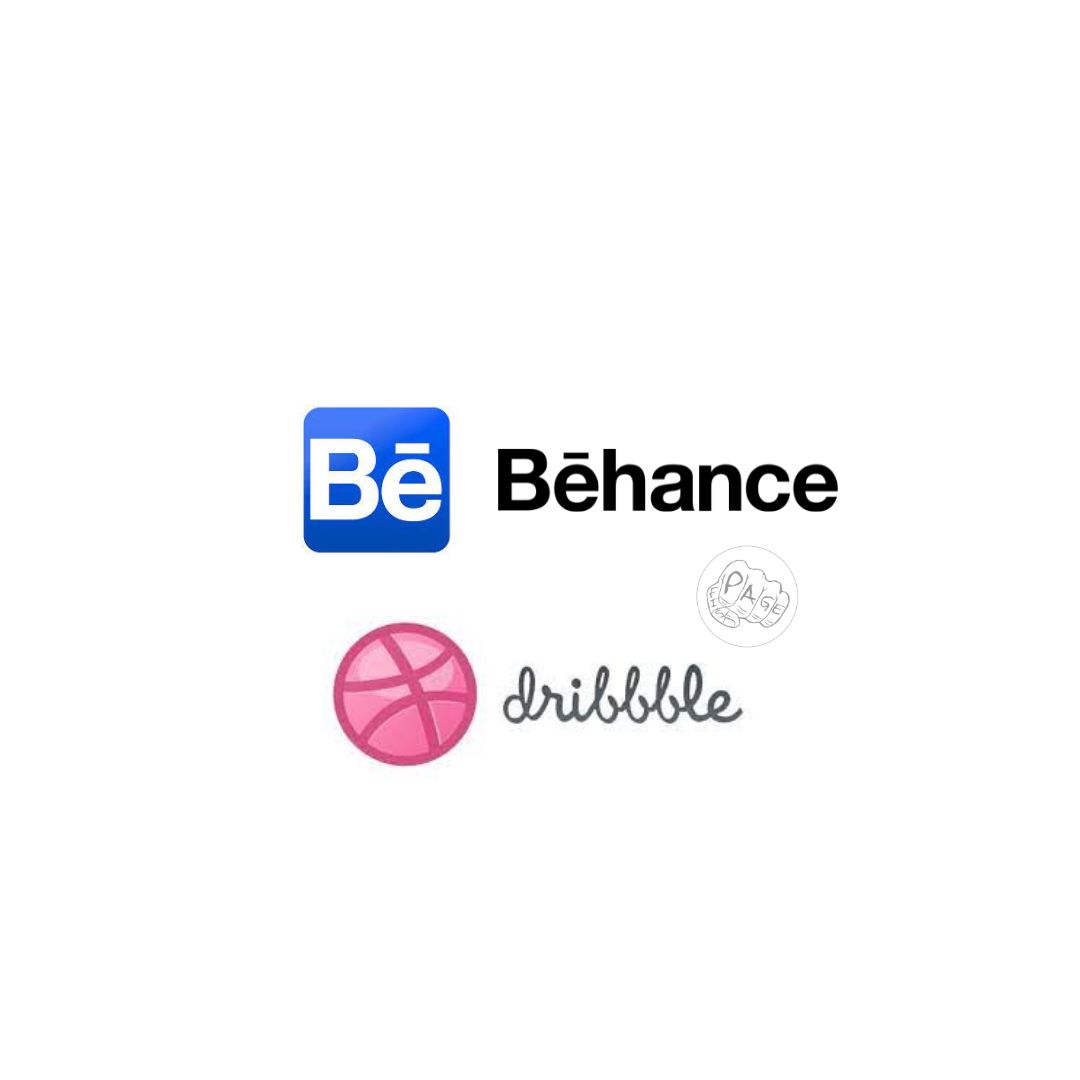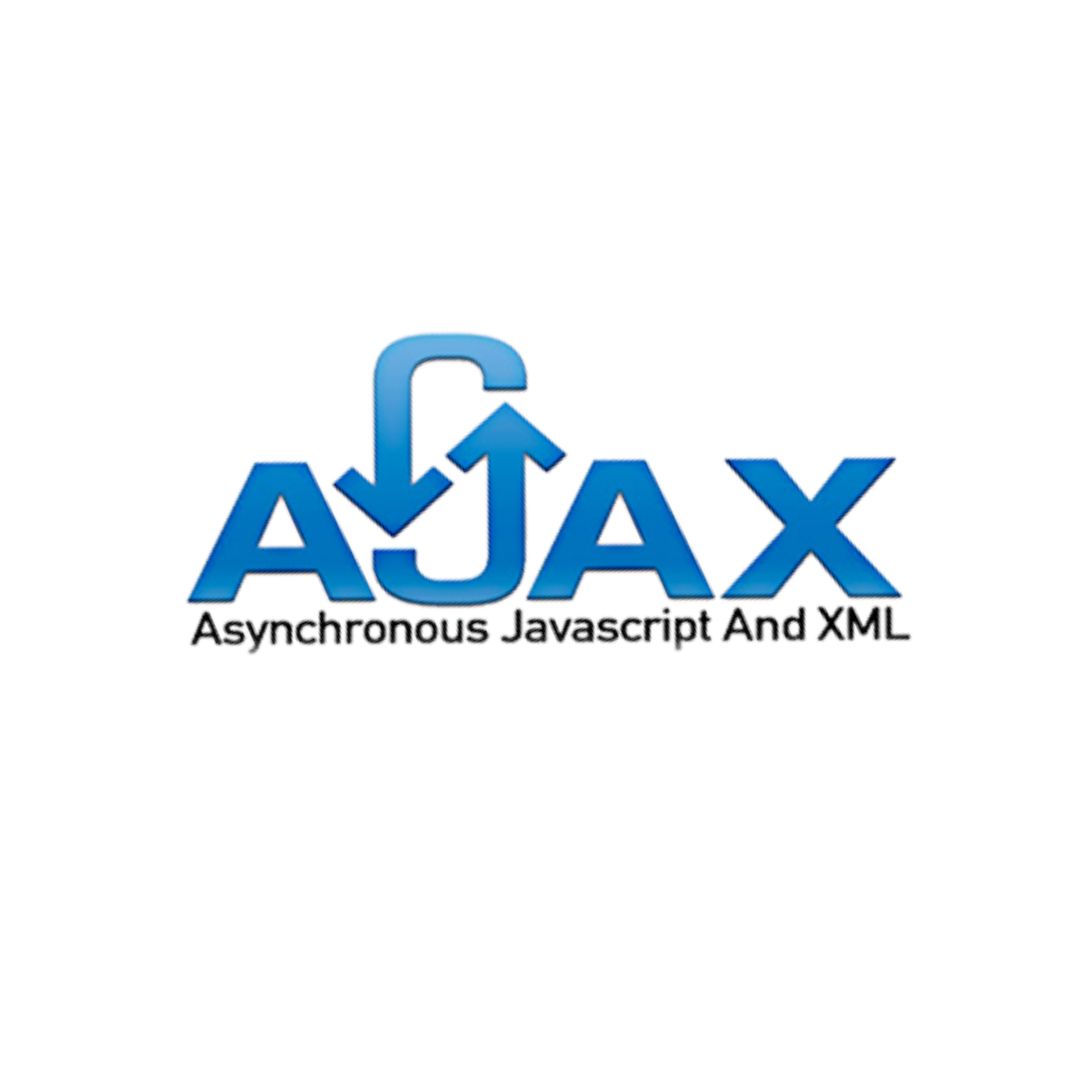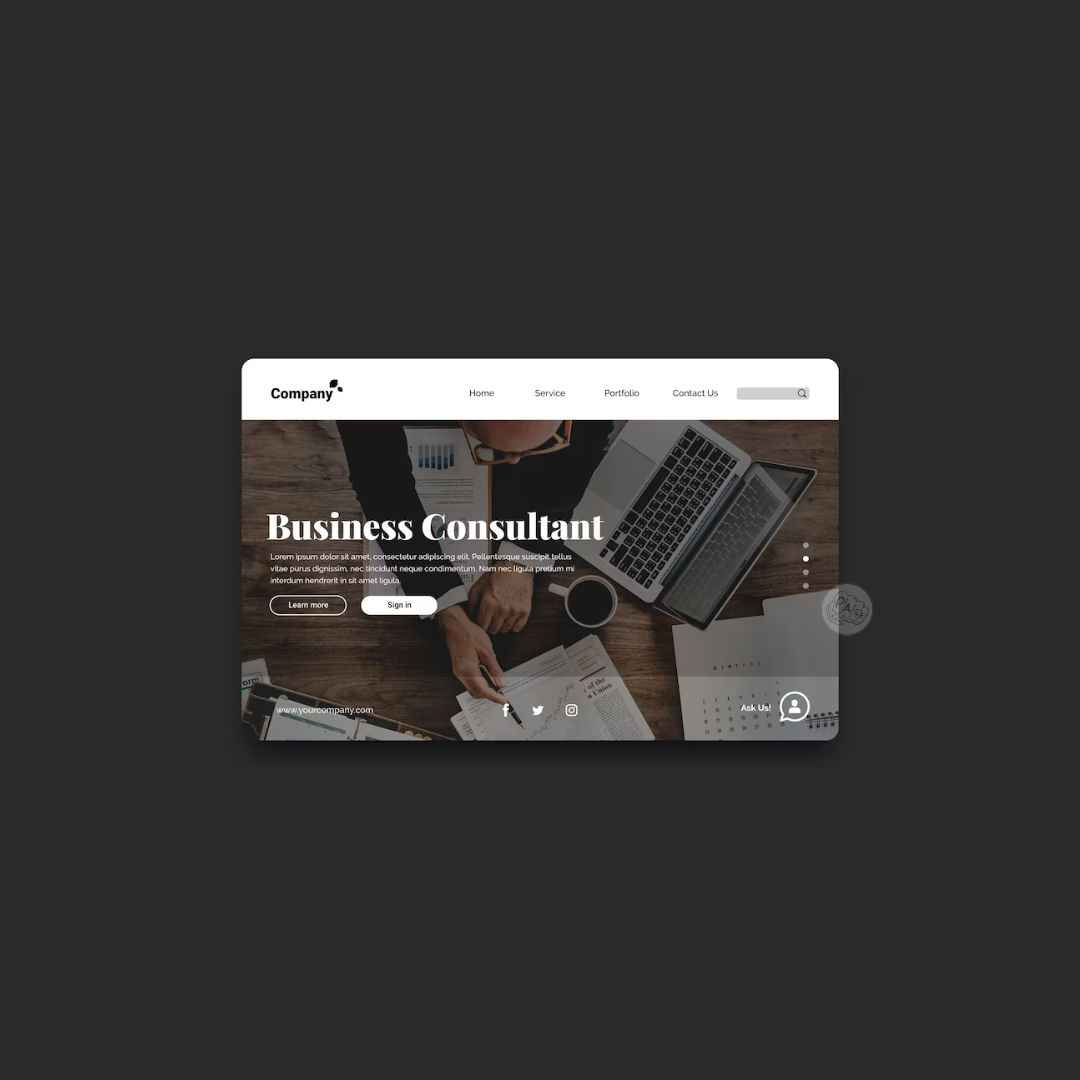Unveiling the Significance of Behance and Dribbble for Developers and Designers
Explore why Behance and Dribbble hold immense value as social media platforms for developers and designers. Dive into the core essence of these platforms and how they foster creativity, exposure, and community.
In the realm of digital creativity, Behance and Dribbble stand tall as vital social media platforms for both developers and designers. These platforms serve as virtual galleries where creators globally showcase their portfolios, share insights, and draw inspiration.
Behance shines as a platform that emphasizes projects, enabling professionals to present their work in detail. Its core essence lies in fostering a community where designers and developers converge, exchange ideas, and collaborate on innovative ventures.
Dribbble, on the other hand, revolves around shots - bite-sized displays of creativity. Its essence centers on encouraging artists to share snippets of their work, facilitating feedback, and sparking inspiration among fellow creators.
Both platforms share the common core of exposure, networking, and creativity enhancement. They offer avenues for talent discovery, knowledge exchange, and industry insights. In essence, Behance and Dribbble amplify the creative journey for developers and designers, enriching their skills and connecting them with like-minded peers.
Share This Post
Related Articles
Website Design Near Me @ Rs. 4900 – Website Designer Companies Near Me Get Low Cost Website Design in India @ Just ₹4900 with Free Domain, Hosting, and business Email IDs from India's No 1 Website Designing Company
Looking for top-notch Website Design Near Me services at an affordable rate? Look no further. At just ₹4900, you can get a website that not only looks great but is also equipped with essential features to boost your online presence.
What Are Different Types of Web Developer?
Web developers are professionals who create websites and web applications using various technologies and tools.
The Power of Ajax
Explore the dynamic world of web development through our comprehensive guide on Ajax. From unraveling its core components to real-world applications and future trends, this article dives deep into the power of Asynchronous JavaScript and XML. Discover how Ajax transforms user experiences, its challenges, best practices, and what the future holds for this revolutionary technology.
Website Designing and Development Company in Korba
Are you looking for a website designing and development company in Korba? If yes, then you have come to the right place. We are a team of experienced and creative web designers and developers who can help you create a stunning and functional website for your business. Whether you need a simple landing page, an e-commerce store, a blog, or a custom web application, we can handle it all. We use the latest technologies and best practices to ensure that your website is fast, secure, and user-friendly. Contact us today to get a free quote and consultation for your website project.
10 Key Elements Every Business Website Should Have for Success!
Discover the 10 essential elements that can transform your business website into a powerhouse of success. From killer content to user-friendly navigation, we've got you covered!
Related FAQ
No related FAQ.
Say Hello
To Your Dream





